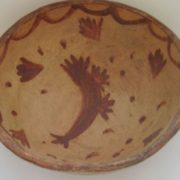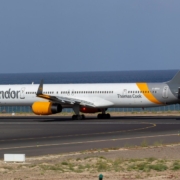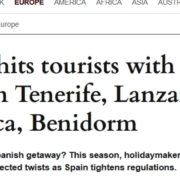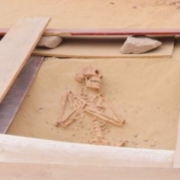The discovery of ancient pottery fragments from Lanzarote on Fuerteventura offers evidence of trade and migration between the islands in the past centuries.
Traditional pottery was made in El Mojón, the village that lies between Teguise and Guatiza, from the 16th to 20th centuries, using clay from the Famara clifftop. The trade was handed down from mothers to daughters (women generally made and painted the pottery) and revived last century when Juan Brito learnt the craft under Doña Dorotea de Armas, whose statue can be seen at Mancha Blanca.
Jesus Cáceres Rodríguez presented a study on Lanzarote’s pottery trade at the Fuerteventura Archaeological Museum in Betancuria last week, which showed that ceramics from EL Mojón had been found in several archaeological sites on Fuerteventura.
He believes many of the pieces came with Lanzarote islanders who sought refuge on Fuerteventura during the volcanic eruptions of the 1730s, but also points out that pottery from El Mojón was highly valued among the higher classes on the islands.
Much of the pottery is painted with images of birds, donkeys, and chickens, and it was possible to commission personalized items with the owner’s initials on. This, and the presence of small pottery camels used as toys, suggest the items belonged to wealthier families.
Rodríguez also believes there may have been a pottery works in the area of Las Breñas, although not with the status of El Mojón.











Leave a Reply
Want to join the discussion?Feel free to contribute!